9 Best Rice For Diabetics That Won’t Raise Your Blood Sugar
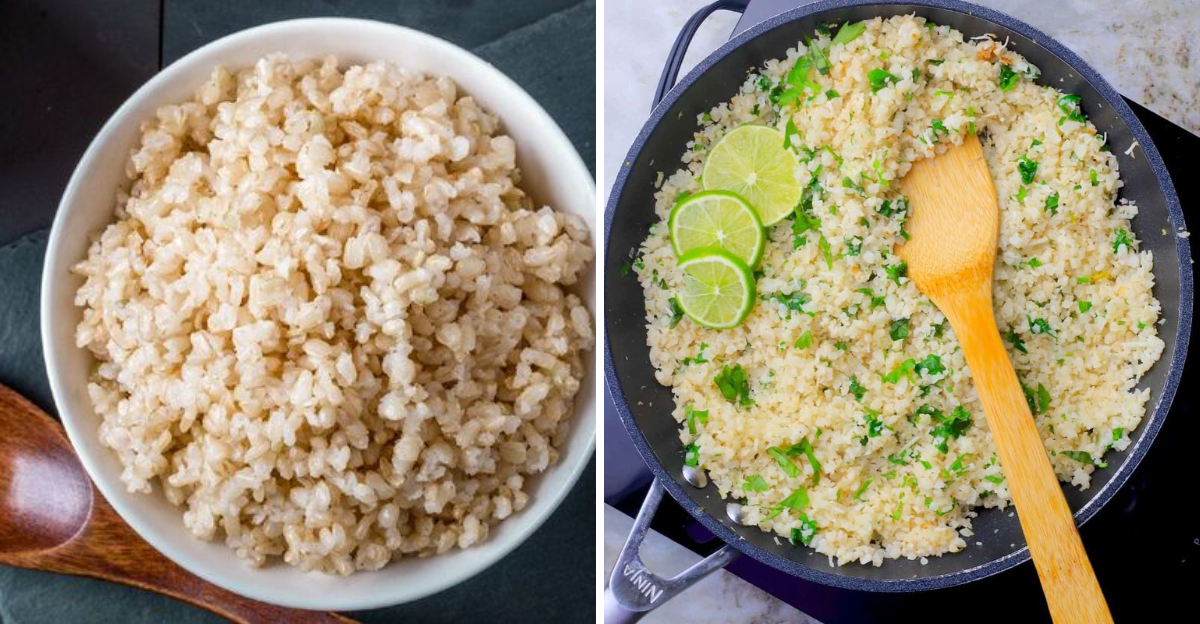
If you have diabetes or are watching your blood sugar, you don’t have to swear off rice completely—you just need to choose smarter varieties. Look for options with low glycemic index (GI), higher fiber, and more nutrients to help slow digestion and minimize spikes. Here are 9 of the best types of rice for diabetics to enjoy in moderation.
1. Black Rice (Forbidden Rice)
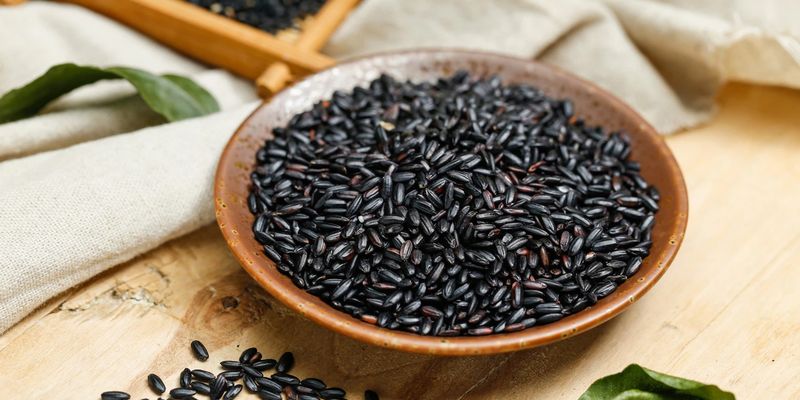
Known as “forbidden rice,” black rice is a powerhouse of nutrition. Its deep, dark hue is packed with antioxidants, giving it an edge over other rice varieties. Starting with a nutty and slightly sweet flavor, it delights the palate while promoting health. Spoonful by spoonful, the chewy texture reflects its high fiber content, beneficial for digestion. A rich source of iron, it supports overall vitality. With a lower glycemic index and more protein than many other rice types, it’s an excellent choice for those mindful of blood sugar. The allure of black rice lies in its versatility and health benefits.
2. Brown Basmati Rice
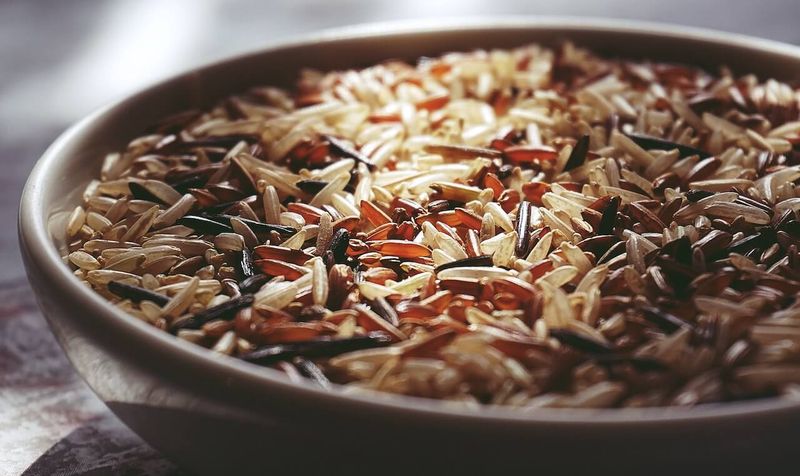
With its long, slender grains and aromatic appeal, brown basmati rice is a favorite among health enthusiasts. Its lower glycemic index, around 50–55, makes it a superior choice for controlling blood sugar levels. Unlike regular brown rice, it is less starchy, more fragrant, and complements a variety of dishes. The mild and aromatic taste pairs well with curries, vegetables, and more. A unique aspect of brown basmati is its origin; traditionally grown in the Himalayan region, it embodies purity and tradition. This rice variety is both a culinary delight and a nutritional asset.
3. Wild Rice
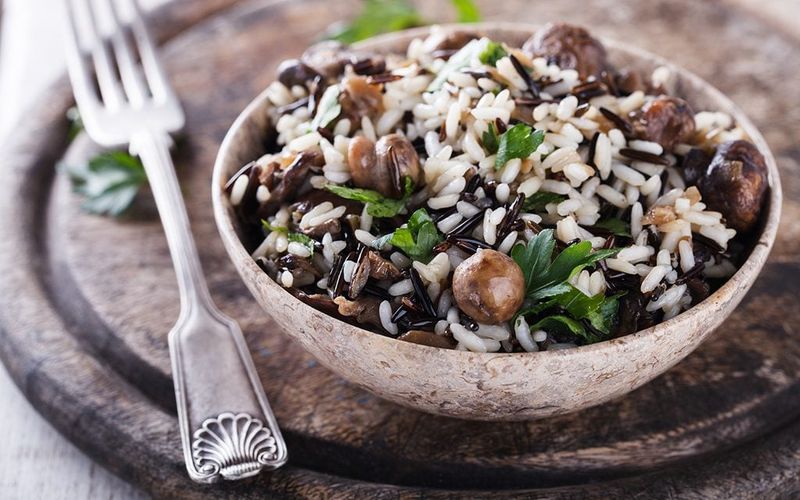
Technically a grass, wild rice stands out with its earthy flavor and impressive nutritional profile. Rich in fiber and proteins, it not only satisfies hunger but aids in controlling glucose absorption. With its slightly chewy texture, wild rice is perfect for salads or soups, adding a touch of wilderness to your meal. One might wonder why it’s called “wild”—it’s because this rice grows naturally in shallow water, harvested by hand in some cultures. Its history and health benefits make wild rice a fascinating choice. Moreover, its low glycemic index supports steady energy levels.
4. Parboiled (Converted) Rice
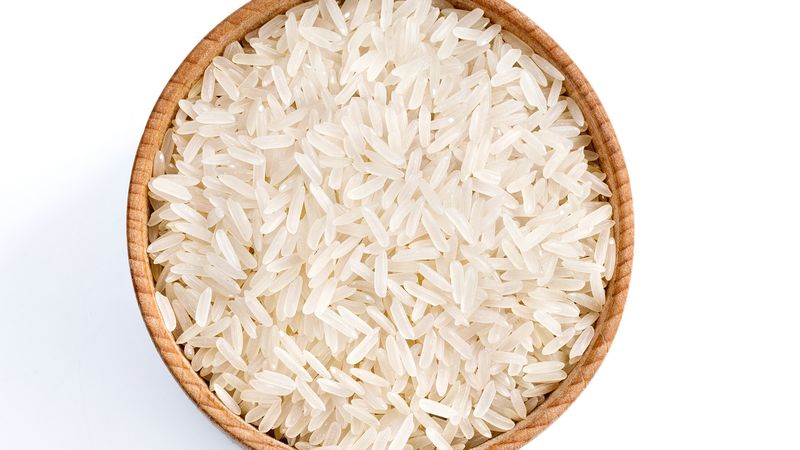
Parboiled rice, known for its light and fluffy texture, offers more than meets the eye. The parboiling process partially cooks the rice in its husk, enhancing its nutritional value and lowering its glycemic index compared to white rice. This subtle yet satisfying rice holds its shape well, making it ideal for diverse culinary applications. It’s an excellent alternative for those seeking traditional rice experiences without compromising health. The transformation from field to table through parboiling adds intrigue to this common staple, making it both a practical and nutritious choice for a balanced diet.
5. Brown Rice (Short or Long Grain)
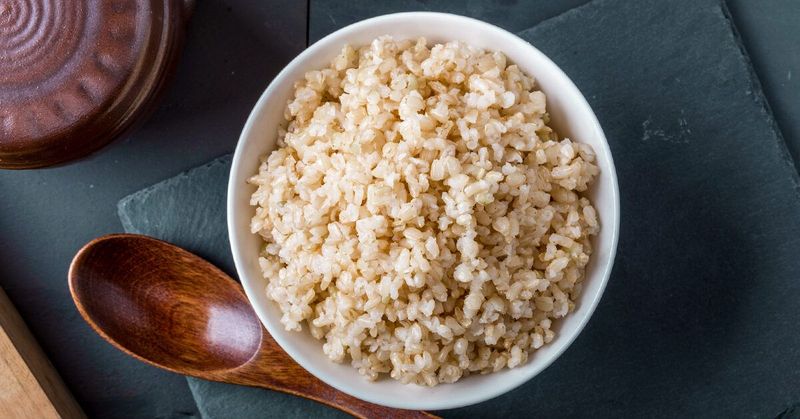
Brown rice, whether short or long grain, is a wholesome option that combines taste and health. The presence of the bran layer slows digestion, reducing glucose spikes and offering a moderate glycemic index. Its slightly nutty flavor and chewy texture are delightful additions to any meal. Brown rice is an excellent alternative to white rice, filled with essential nutrients and fiber. A fun fact—its rich color and texture come from its unrefined nature, retaining the bran and germ. This rice doesn’t just feed the body; it nourishes the soul, making each meal a wholesome experience.
6. Red Rice
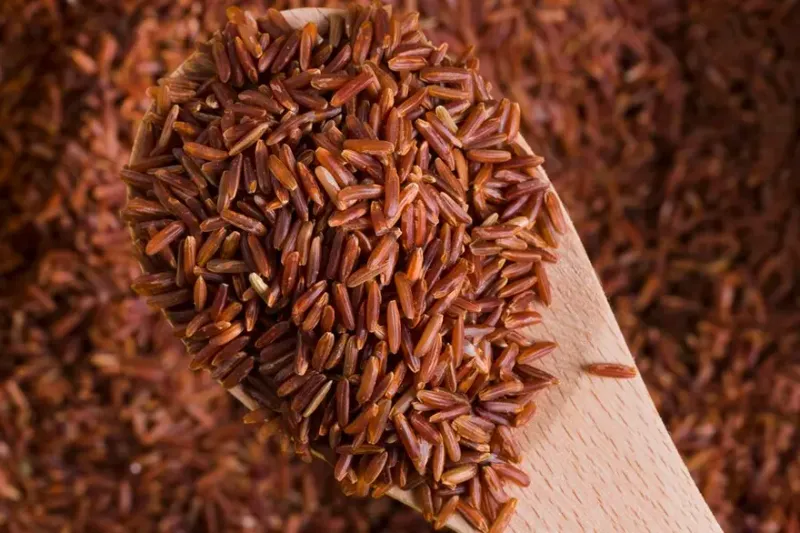
Red rice, with its striking hue, is not just a feast for the eyes but also a boon for health. High in fiber and antioxidants such as anthocyanins, it supports heart health and keeps blood sugar levels in check. The hearty, nutty flavor adds depth to various dishes, while its slightly chewy texture keeps you satisfied. Red rice’s benefits aren’t just modern discoveries; ancient cultures have long valued it for its healing properties. A dish with red rice becomes a celebration of both tradition and nutrition, perfectly balancing taste and wellness in every bite.
7. Cauliflower Rice (Rice Alternative)
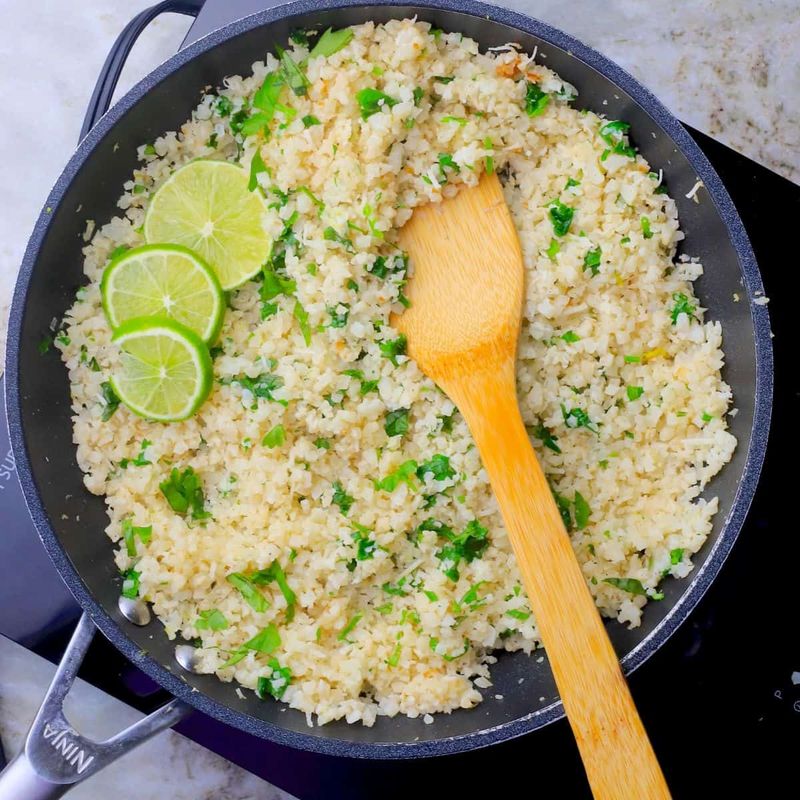
Cauliflower rice is a creative low-carb alternative perfect for those prioritizing blood sugar control. With virtually no carbohydrates, it fits seamlessly into very low-carb or keto diets. The mild flavor, especially when seasoned, allows it to complement a variety of main courses. This alternative does more than mimic rice; it refreshes traditional meals with a modern twist. Originating from the humble cauliflower, it’s a versatile canvas for culinary creativity. Swapping regular rice with cauliflower rice offers a significant reduction in calorie intake, paving the way for nutritious and guilt-free dining experiences.
8. Quinoa (Rice-Like Alternative)
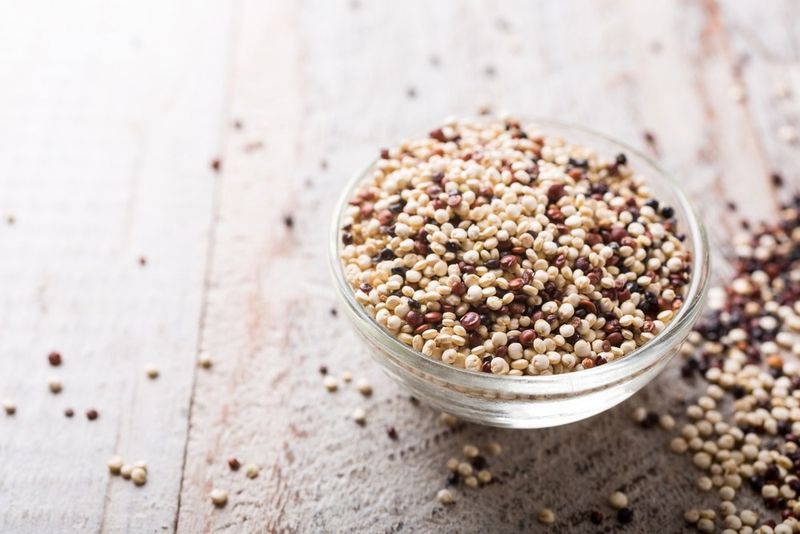
Quinoa, though not technically rice, serves as a nutritious alternative with its low glycemic index. This ancient grain is high in protein and fiber, making it a perfect choice for maintaining stable blood sugar levels. Its slightly crunchy texture and nutty flavor add flair to any dish. Fun fact: quinoa is a complete protein, containing all nine essential amino acids. It’s a staple in Andean cuisine, revered for its adaptability and nourishment. Integrating quinoa into meals brings both novelty and nutritional balance, offering a fulfilling experience that transcends traditional rice dishes.
9. Freekeh (Ancient Grain Substitute)
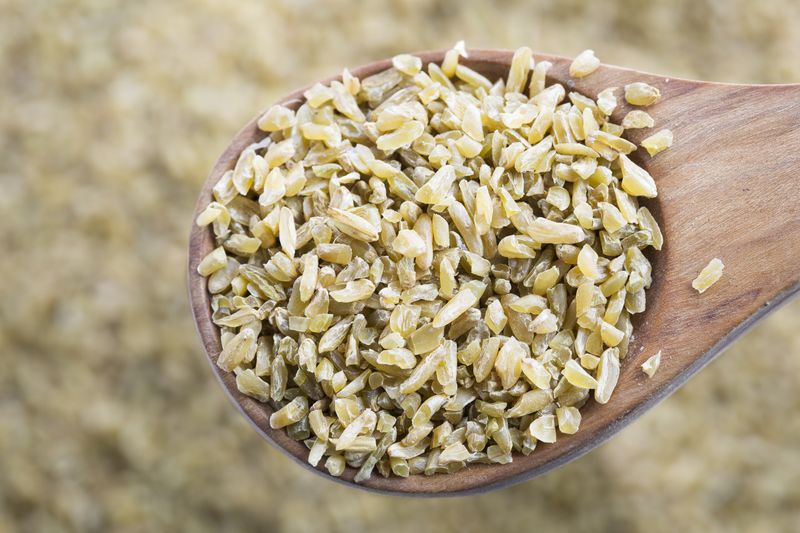
Freekeh, a lesser-known ancient grain, offers a nutritious alternative to traditional rice. Its high fiber content and low glycemic index support sustained energy and blood sugar regulation. This young, green wheat is roasted, giving it a unique smoky flavor and chewy texture. Historically, freekeh has roots in Middle Eastern cuisine, celebrated for its health benefits. The process of harvesting and roasting wheat while still young preserves its nutrients, making it a valuable dietary inclusion. Embracing freekeh opens the door to culinary exploration, where history and health unite in a delicious symphony.
